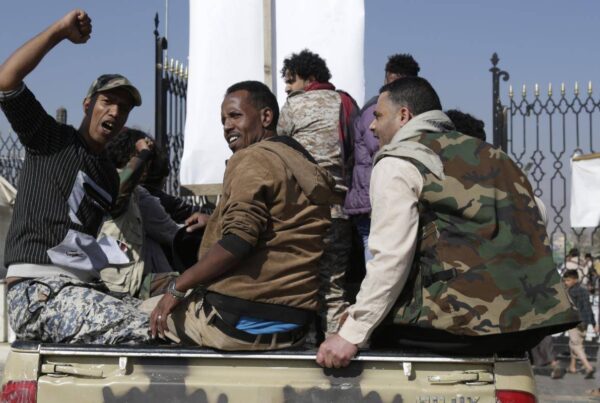There is a silent struggle going on in the historical city of Old Sanaa between heritage and modernity, writes Farea Al Muslimi
Armed conflicts aren’t the only troubles Yemen is witnessing at the moment. There is a silent struggle going on in the capital, Sanaa – directly across the street from where Al Qaeda committed its worst massacre at a hospital last year.
Rather than a battle between Sunnis and Shiites or political factions, this one in the historical city of Old Sanaa is between heritage and modernity. It’s a place where ancient mud houses are being destroyed or lying in neglect, as modern concrete structures are coming up.
The city of Sanaa was founded more than 2,500 years ago. The bulk of the tower houses that line the narrow streets are far younger, although they’re anything but new.
Until recently, the buildings of the old city managed to survive against all odds.
That is because of the government’s initiatives – in line with the recommendations of Unesco, which declared it a world heritage site in 1986 – to protect the city’s heritage. It ensured the preservation of old-style buildings and prevented any new constructions.
Unesco warned the government many times in the past that the lack of maintenance of the city, as well as any “insensitive renovations” will lead to removal of Sanaa from the World Heritage list, a move that would also signal the government’s inability to safeguard the country’s wealth.
But as the government’s power waned following the 2011 uprising against the former president Ali Abdullah Saleh, landlords and residents started to ignore the rules and regulations, gradually destroying the centuries-old landscape.
It is not surprising that the new government has shown little interest or will to preserve the country’s heritage, which is why Yemen’s power brokers did not bother to heed the warnings.
The city is one of four heritage sites in Yemen. Others include the island of Socotra, as well as the city of Zabid and Shebam Hadhrmout, also known as the Manhattan of the desert.
If the government cannot take seriously even Chapter VII of the UN Charter – it sets out the UN Security Council’s powers to maintain peace – there is no reason to think that any warning from Unesco will make a serious impact.
It’s unfortunate, because Old Sanaa is not only historically significant, but it’s a fascinating place as well. Inhabited by more than 70,000 people, it boasts more than 6,000 houses. The city is surrounded by a mud wall with seven gates. In the past, the doors were closed soon after sunset.
In the multiple souqs that it houses, the visitor can find almost anything produced in Yemen – from clothes such as the traditional jambiyya, and handicrafts, to sweets and spices.
Among its famous sights is the Old Mosque, which was built in the 7th century. It is also the location of the famous Kabah Abrah Al Habashi, which was once erected to distract the attention of the people from Makkah. The intention was to generate revenues for Yemen’s economic development by decentralising the holy mosque.
The destruction of the city’s heritage is particularly senseless considering the draw the old city once presented to foreign tourists.
There was a time when tens of thousands of visitors would descend on the city every year.
They were not simply instrumental in keeping the economy running and generating business for thousands of families in the city, but more importantly, they presented a motivation for those people to take care of their city and protect the sites even when the authorities had no interest in doing so.
As Yemen’s security situation has worsened, the number of tourists have dwindled.
What one sees instead are walls and houses filled with Houthi slogans and graffiti, proclaiming “death to America” and cursing the Jews.
Old Sanaa has survived for hundreds of years, during which it has gone through many turbulent times.
Yet it has managed to come through them, reinvigorating its residents, visitors and even its history. This is the first time this city’s survival is really at stake. It’s an unequal battle between cement and mud.
Farea Al Muslimi is a Yemeni activist and writer
On Twitter: @Almuslimi







